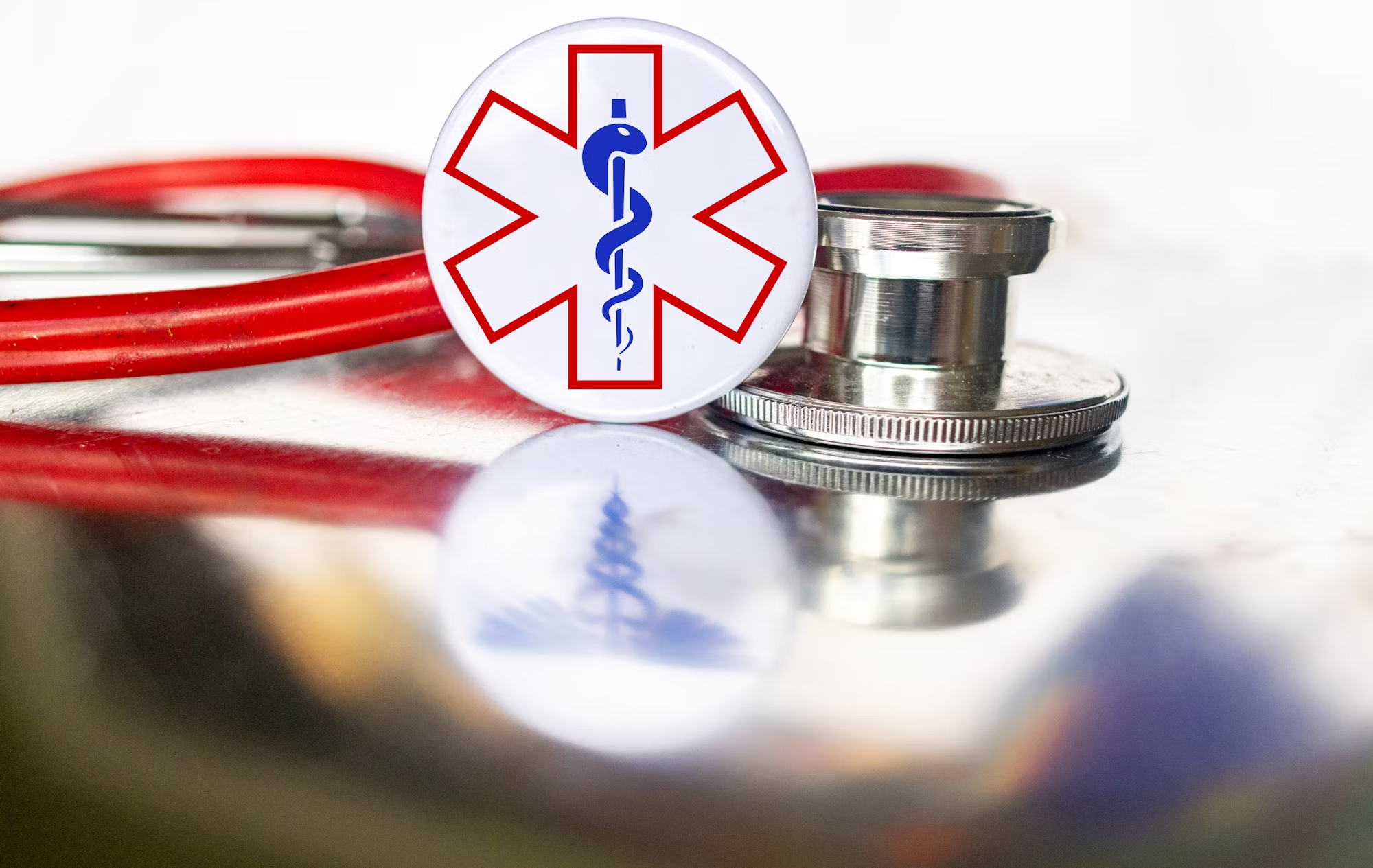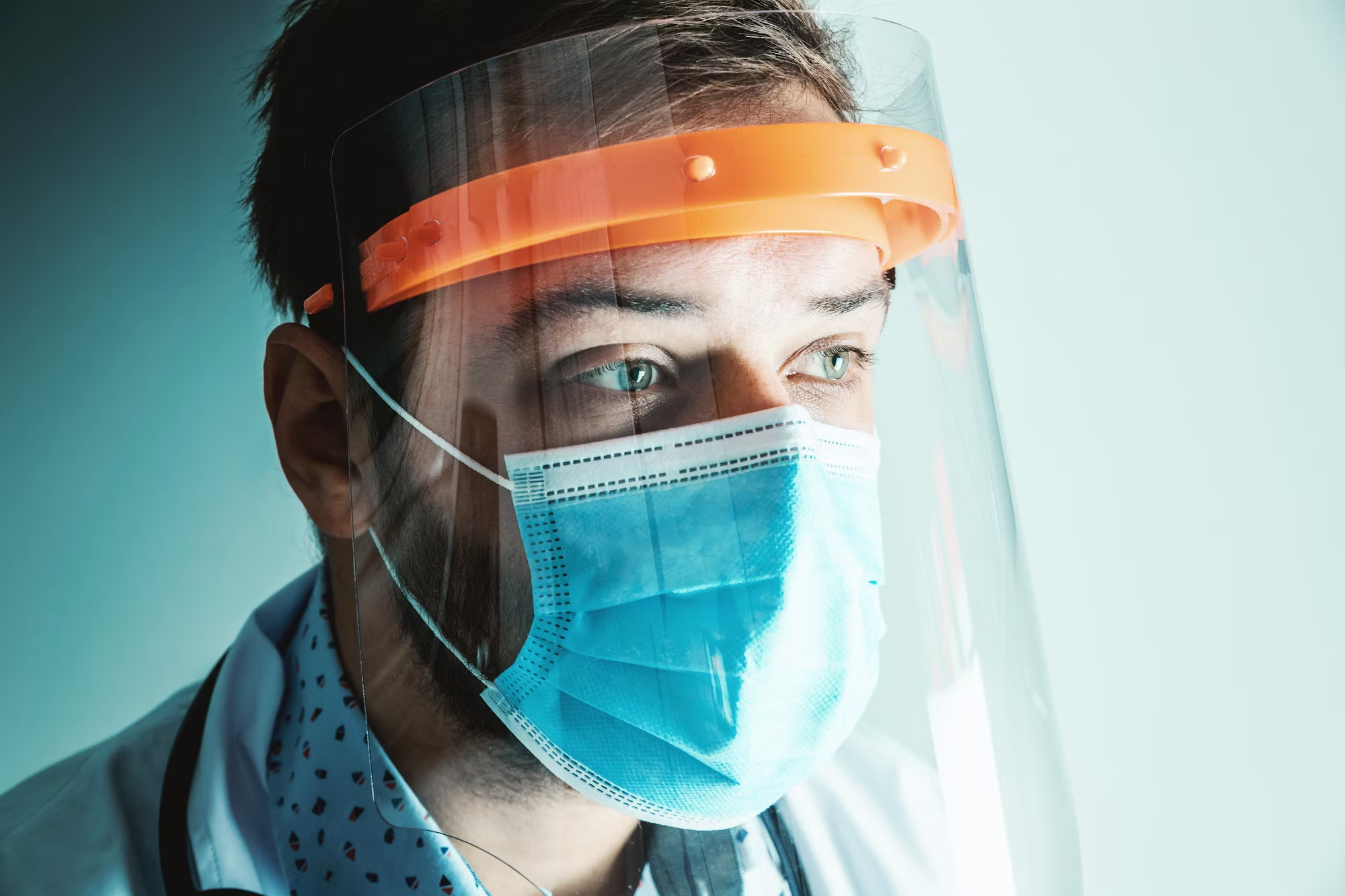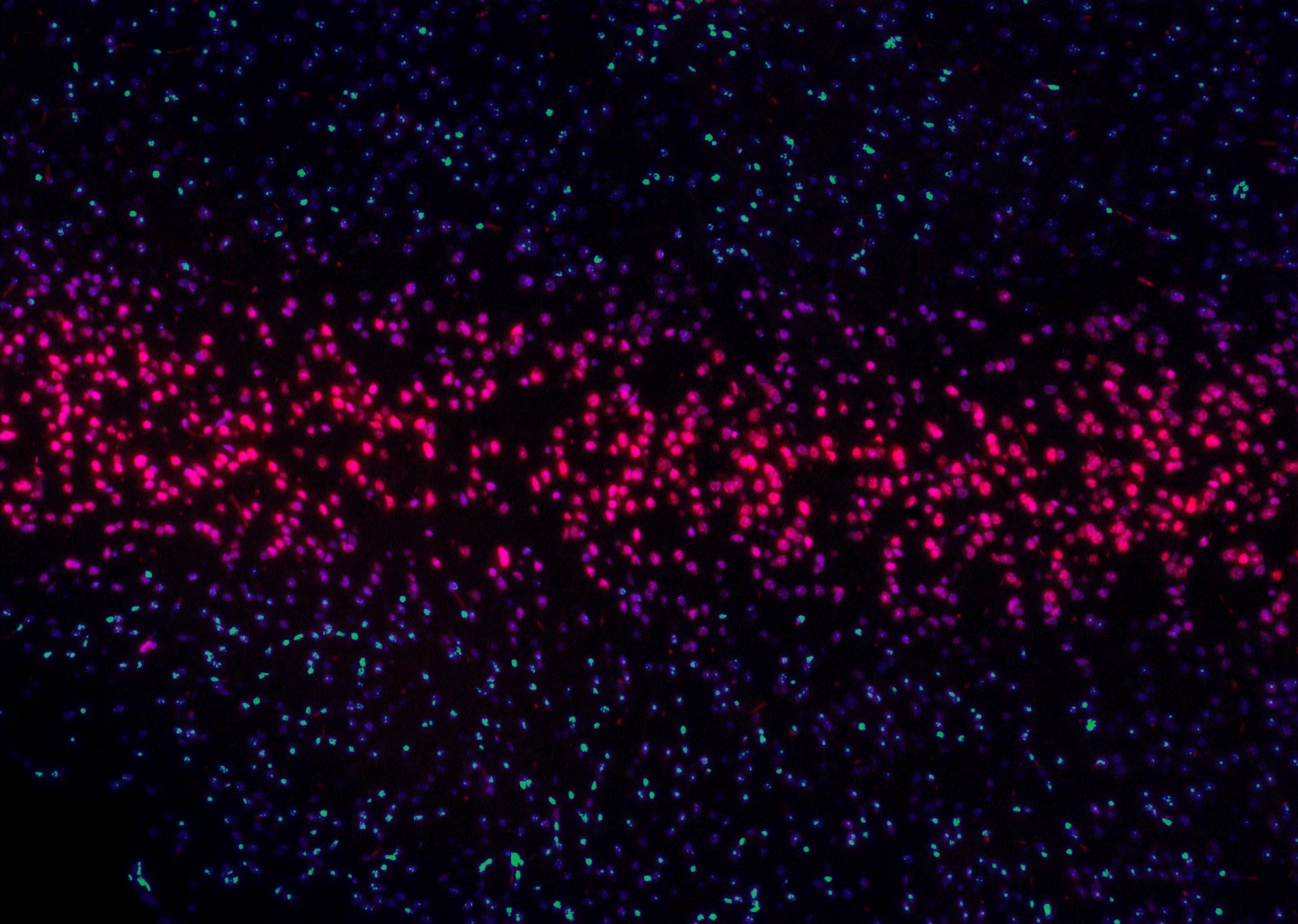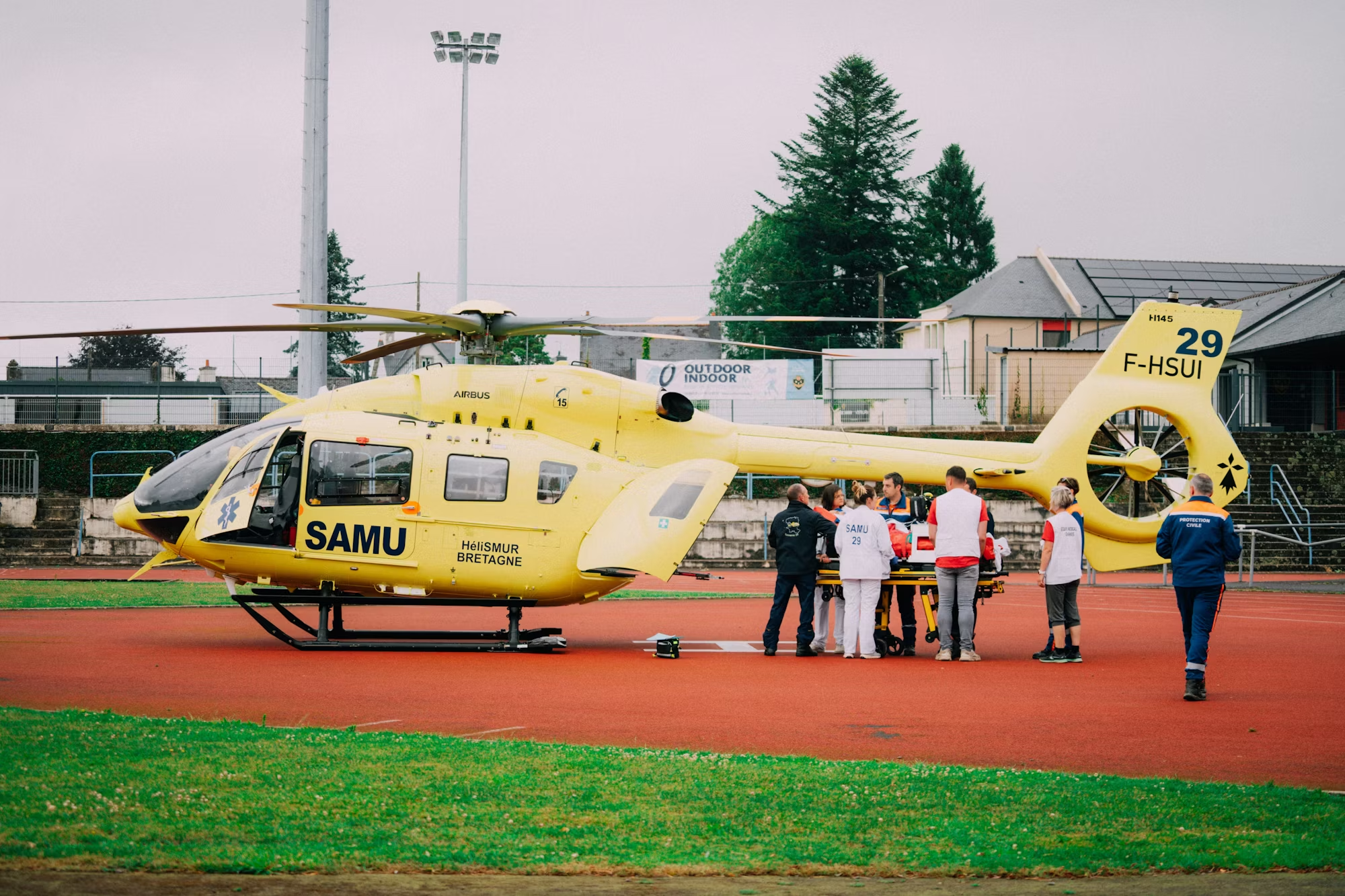Medical training has undergone dramatic changes throughout history, evolving from rudimentary, trial-and-error methods to the highly sophisticated and structured systems we see today. This evolution is not just a reflection of scientific advancements, but also a response to the shifting needs of society, the demands of technology, and the increasing complexity of healthcare systems. This article traces the development of medical education, examining how it has adapted to meet the challenges of the times and how it continues to evolve in response to new scientific discoveries and emerging healthcare needs.
The Ancient Foundations of Medical Education
Medical training can be traced back to the ancient civilizations of Egypt, Mesopotamia, and Greece, where the first known formal schools of medicine were established. In ancient Egypt, for example, priests and scribes were among the first to document medical knowledge, and they played a significant role in the early development of medical practices. Ancient Egyptian texts, such as the Ebers Papyrus, which dates back to around 1550 BCE, contain detailed descriptions of herbal remedies, surgical techniques, and diagnostic methods.
The Greeks are often credited with laying the foundation for modern medicine, with the philosopher Hippocrates at the forefront. Often referred to as the father of medicine, Hippocrates emphasized the importance of observation, diagnosis, and the understanding of natural causes for illness, rather than relying on divine intervention. His approach to medicine, which focused on balance and the four humors (blood, phlegm, yellow bile, and black bile), influenced medical practice for centuries. Hippocrates also emphasized the ethical dimensions of medicine, which led to the creation of the famous Hippocratic Oath that is still a central part of medical ethics today.
In ancient Greece, medical schools like the School of Medicine at Cos began to provide more formal education to aspiring physicians. These early institutions were less structured than today’s medical schools, often relying on apprenticeships and direct tutelage from experienced practitioners. Students would observe their mentors in practice, gaining hands-on experience through exposure to real-world cases. This model of learning persisted for centuries, but it was clear that there was a need for more structured and formalized training.
The Middle Ages and Renaissance: Formalizing Medical Education
The Middle Ages saw a rise in the establishment of medical schools in Europe, many of which were affiliated with religious institutions. In places like Salerno in Italy, medical schools began to emerge as centers of learning, combining practical knowledge with ancient texts from Greek and Roman medicine. The rise of the Catholic Church during the Middle Ages played a significant role in the transmission of medical knowledge. Monasteries and churches became repositories for medical texts, and monks often served as the physicians of their communities.
In the Renaissance period, there was a revival of interest in the works of ancient scholars, particularly in anatomy and human dissection. This period marked the beginning of more empirical approaches to medicine, as scholars began to question traditional beliefs and look for evidence-based answers. The work of figures like Andreas Vesalius, who is often regarded as the father of modern anatomy, laid the groundwork for more systematic and scientific approaches to the human body. Vesalius’ famous work, De humani corporis fabrica, published in 1543, was the first detailed study of human anatomy based on dissections, and it revolutionized the understanding of the human body.
Medical education during this time began to incorporate more structured curricula, with a greater emphasis on scientific methods and the study of anatomy. This shift towards a more rigorous, evidence-based approach to medicine would become even more pronounced in the centuries to follow.
The 19th and Early 20th Centuries: The Rise of Modern Medical Schools
The 19th century marked a pivotal period in the development of medical education, as the scientific revolution and the industrialization of society began to influence the healthcare field. The discovery of germs by Louis Pasteur and the development of antiseptic techniques by Joseph Lister revolutionized medical practice, leading to more rigorous standards for hygiene and patient care.
In the United States, the establishment of formal medical schools began in earnest during the 1800s. One of the most significant moments in this development was the publication of the Flexner Report in 1910. Commissioned by the Carnegie Foundation and authored by Abraham Flexner, this report recommended sweeping reforms to American medical education. Flexner criticized many medical schools for their lack of scientific rigor and called for a more standardized, evidence-based approach to medical training. His recommendations led to the closure of many subpar medical schools and the reorganization of existing ones, ultimately raising the standards for medical education in the United States.
The Flexner Report emphasized the importance of scientific knowledge, laboratory-based learning, and clinical experience in medical education. It advocated for a curriculum that included not only medical sciences such as biology, chemistry, and physiology but also a strong focus on hands-on experience in hospitals and clinics. The report also emphasized the importance of professionalism and ethical training for medical students, laying the foundation for the modern medical school curriculum.
By the early 20th century, medical education had become a formalized process, with universities offering standardized medical degrees and training programs. Medical students were expected to undergo rigorous academic coursework, followed by clinical rotations and internships in hospitals, where they could gain practical experience under the supervision of experienced doctors.
Modern Medical Education: Technology and Specialization
In the latter half of the 20th century, medical education began to change even more rapidly due to advances in technology, new medical discoveries, and the growing complexity of healthcare systems. Today’s medical schools use state-of-the-art simulation technology, virtual anatomy tools, and robotic surgery to provide students with hands-on experience in a controlled environment. This allows students to practice procedures and make mistakes without putting real patients at risk.
The growth of specialization in medicine has also had a profound impact on medical training. As the field of medicine has become more diverse and complex, doctors are now required to focus on specific areas of expertise. Medical students now choose from a variety of specialties, ranging from cardiology to neurology to pediatrics, and they are trained for years in these areas before they become fully licensed practitioners. This level of specialization has led to more advanced treatments and better outcomes for patients, as doctors develop a deep understanding of the specific conditions they treat.
Another major change in modern medical education is the increasing emphasis on interdisciplinary learning. Today’s healthcare professionals are often required to work as part of a team, alongside nurses, pharmacists, therapists, and other specialists. As a result, medical schools now incorporate more collaborative learning, encouraging students to work in groups and engage with professionals from other healthcare disciplines.
Furthermore, global health issues and the advancement of telemedicine have introduced new challenges and opportunities in medical education. Medical students today are being trained not only to understand the healthcare needs of their local communities but also to navigate global health challenges, from infectious diseases to the effects of climate change on public health. With the rise of telemedicine, students are also learning how to interact with patients remotely and manage healthcare via digital platforms, an essential skill in today’s increasingly digital world.
Conclusion: The Future of Medical Training
Medical education will continue to evolve as new technologies emerge, societal needs change, and our understanding of the human body deepens. While the core principles of observation, diagnosis, and patient care will remain the foundation of medical training, the methods by which these skills are taught will continue to adapt. The integration of artificial intelligence, genomic medicine, and personalized healthcare into the curriculum will ensure that the next generation of doctors is equipped to handle the complexities of 21st-century healthcare. As medical education becomes more global, more inclusive, and more integrated with technology, the future of medicine looks brighter than ever.
Ultimately, the goal of medical education has always been the same: to prepare physicians who can provide the best possible care for their patients. While the methods have evolved, the commitment to improving health and well-being through education remains the guiding force behind the development of medical professionals worldwide.








